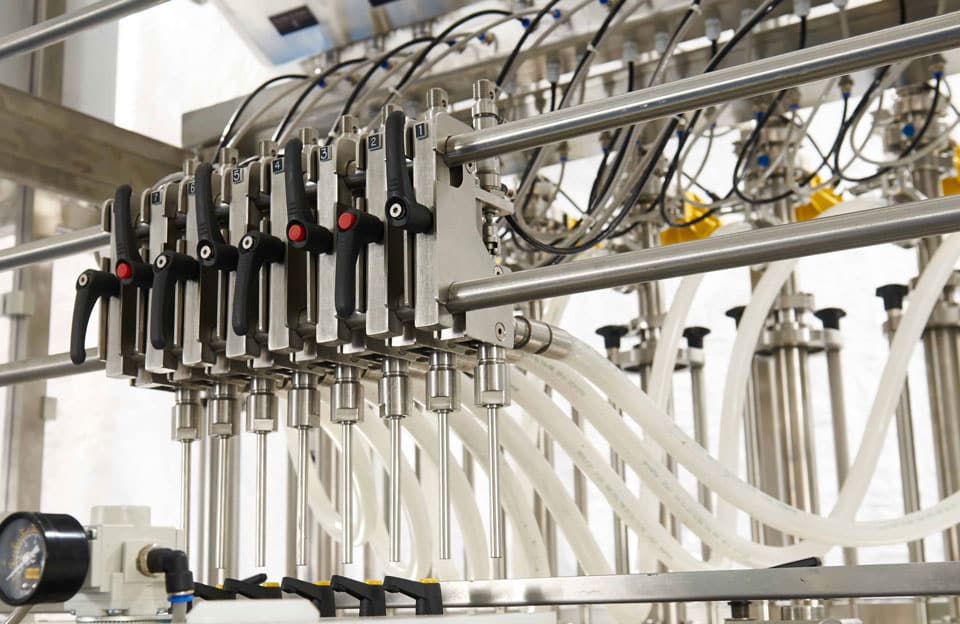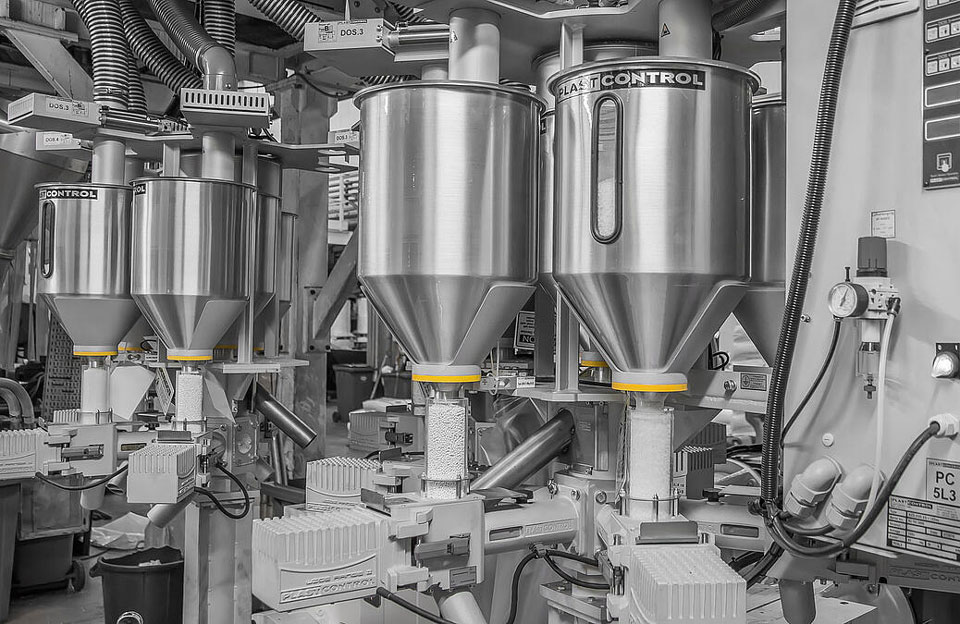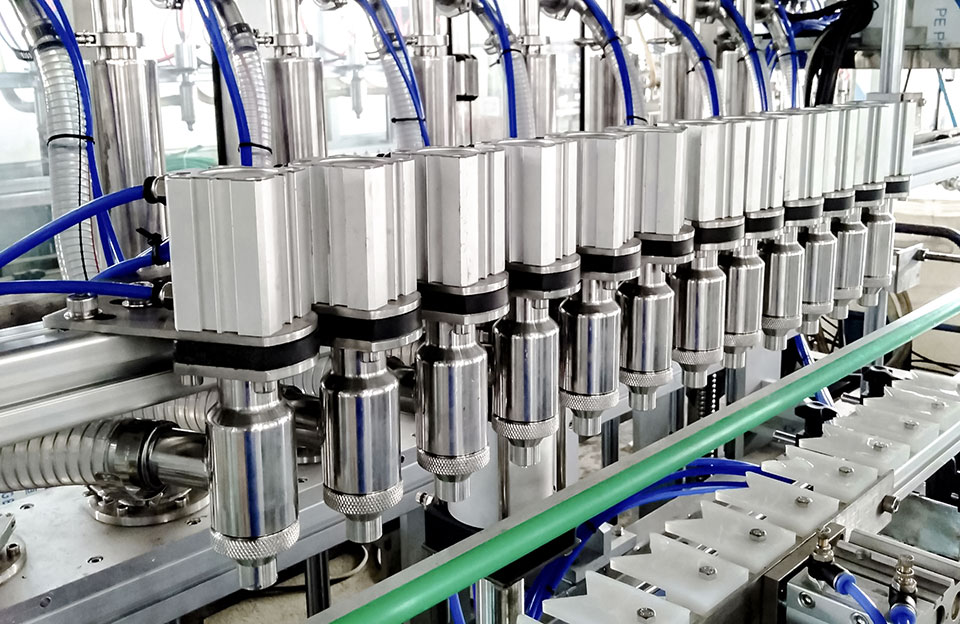Although the development prospects of powder filling machines are bright, at the same time, challenges and solutions of filling machine industry in 2023 coexist. However, with the advancement of technology in the filling machine industry, the industry structure may have changed.
Challenges and Solutions of Filling Machine Industry
Challenges of Filling Machine Industry
- Pollution and Hygiene: Powder filling machines are usually used in industries that require relatively high cleanliness and hygiene, such as pharmaceuticals, food processing, and cosmetics. Maintaining a sterile environment and preventing contamination requires strict adherence to quality control and cleaning procedures, which can be challenging for the filling machine industry.
- Product Variability: Different powders may have different properties like flowability, density, and particle size. Filling machines need to be adjusted and customized to handle various products effectively.
- Accuracy and Consistency: Ensuring precise and consistent fill levels can be challenging, especially with fine powders of varying densities. Achieving accurate dosing and minimizing product loss or waste are ongoing challenges for powder fillers.
- Equipment Maintenance and Reliability: Like any machinery, powder-filling machines require regular maintenance to function optimally. Unplanned downtime due to equipment failure can disrupt production schedules and affect efficiency. It is essential to maintain reliable machines and resolve any technical issues promptly.
- Flexibility and Scalability: Industries that use powder-filling machines often experience changing needs and production requirements. A machine’s ability to handle different container sizes, accommodate varying production volumes, and integrate with other equipment is critical to maintaining flexibility and scalability.
- Automation and Integration: Increased automation and integration with other production processes can increase efficiency and productivity. However, integrating powder-filling machines into complex automation systems requires seamless communication and synchronization between machines and software, which can also be challenging for the filling machine industry.
- Regulatory Compliance: The pharmaceutical and food processing industries are subject to strict product safety, quality control, and documentation regulations. Powder-filling machines must comply with these regulations, requiring careful monitoring, verification, and documentation throughout manufacturing.
- Technological Advances: The powder-filling machine industry, like many other industries, is constantly faced with the need to keep up with technological advances. Integrating advanced features such as improved sensing capabilities, faster processing speeds, and enhanced user interfaces can challenge manufacturers.
Solutions For Powder Filling Machine Challenges
Although the challenges and solutions of filling machine industry coexist, in order to meet the challenges faced by the filling machine industry, we should actively develop a variety of solutions. Here are some potential solutions that can help overcome these challenges:
- Advanced Sensing and Control System: Advanced sensing and control systems can provide real-time feedback and adjust filling parameters to ensure accurate dosage. Load cells, vision systems, or laser-based level sensors can improve the accuracy and consistency of powder filling.
- Customization and Flexibility: Manufacturers are developing powder-filling machines with modular designs that can handle various container sizes, fill different powders, and be customized to integrate with other equipment in the production line.
- Improved Cleaning and Hygiene: Manufacturers focus on designing powder filling machines with easy-to-clean surfaces, quick-change parts, and automatic cleaning systems, reducing the risk of contamination and improving the overall hygiene of the equipment.
- Automation and Integration: Integrating powder-filling machines with other automated systems, such as robotic arms and delivery systems, can increase efficiency and reduce human error. Seamless communication and synchronization between different machines and software simplifies the production process.
- Maintenance and Predictive Analytics: Manufacturers integrate advanced monitoring and diagnostic systems into powder-filling machines. Control and diagnostic systems can track machine performance, detect anomalies and provide predictive maintenance alerts to minimize unplanned downtime and optimize maintenance schedules.
- Training and Support: The manufacturer provides a comprehensive training program and technical support to help operators and maintenance personnel better understand the equipment to ensure proper machine operation, maintenance, and troubleshooting. Maximize the performance of your filling machine and effectively meet any challenge.
- Compliance and Documentation: Powder filling machines are designed with features that facilitate regulatory compliance, such as data logging, batch traceability, and electronic documentation capabilities. These features ensure compliance with industry regulations and facilitate audit requirements.
- Research and Development: Continuous research and development, including advances in dosing mechanisms, powder handling systems, and control algorithms, to improve powder filling techniques for accuracy, speed, and reliability.
Conclusion
The challenges and solutions of filling machine industry are also the driving force for continuous progress. While filling machines that produce bottled water, window cleaners, jams, pastes and caulks face many unique challenges. Some challenges can be as simple as how best to fill a small bottle or quickly fill a gallon or more. Corrosive materials sometimes require unique materials of construction or custom fill solutions. Therefore, with the development of filling machines, there is also a broad space for development while facing challenges.


